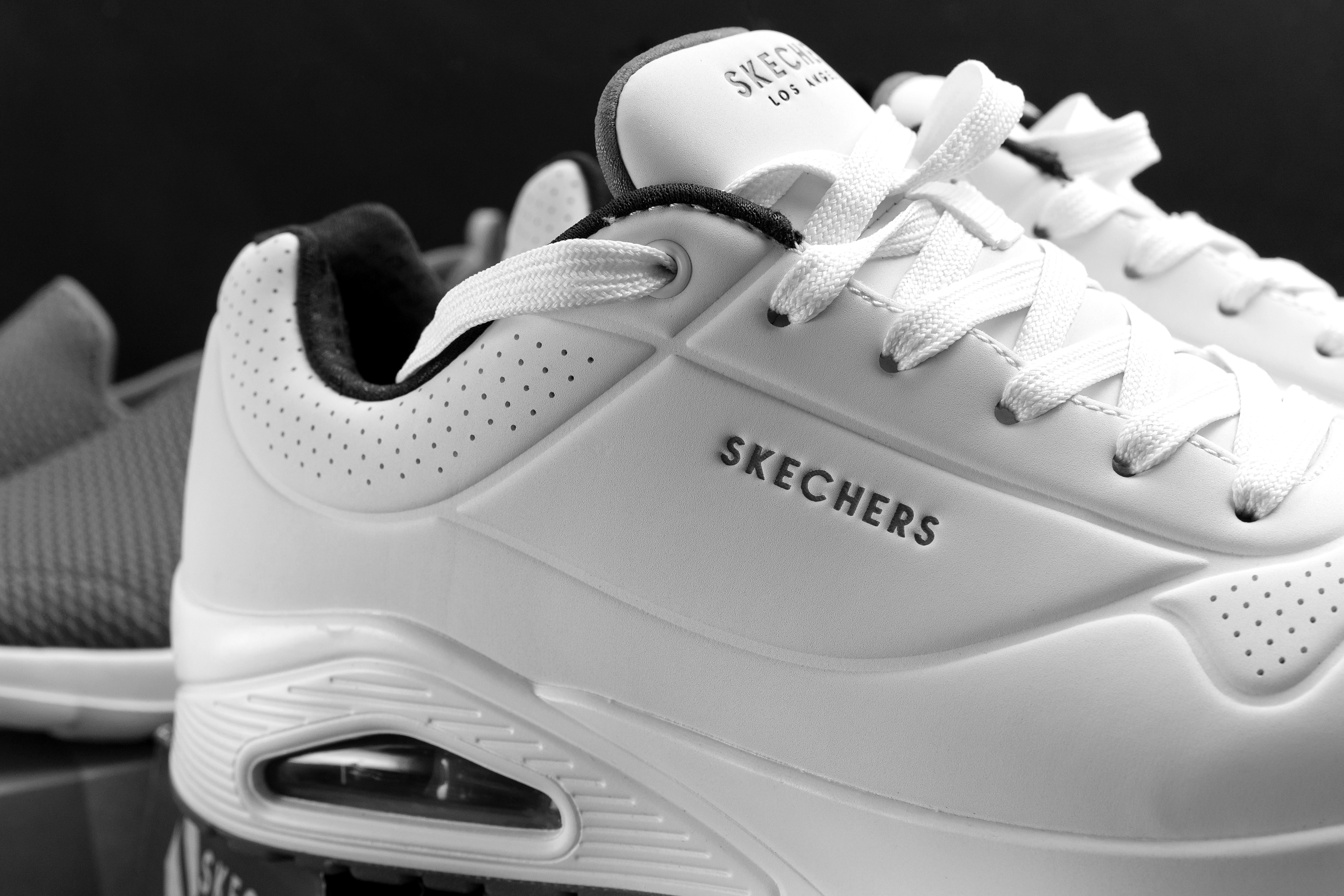
In recent years, Skechers has been involved in several legal battles with several footwear brands including Steve Madden[1], Adidas[2] and Nike[3] with varying degrees of success. Most recently, Skechers filed legal proceedings at the EUIPO against the British fashion house Alexander McQueen.
The Invalidation Proceedings, initiated in April 2021, applied to invalidate the registered Community design No.2711093-0001 (‘the contested design’) held by Autumnpaper Limited. It is worth noting that Autumnpaper Limited is Alexander McQueen’s intellectual property holding firm.
After an unfavourable outcome in the Invalidity Division, Skechers sought to appeal the decision. In March 2022, the EUIPO’s Third Board of Appeal[4] dismissed the appeal.
Summary of the facts
Skechers sought to claim that the design (a) lacked novelty under Article 5 of the Community Design Regulation, and (b) lacked individual character under Article 6 of the CDR.
Evidence of several similar or identical prior arts (D1, D2, D3, D4, D5 & D6) was submitted, showing that they had been filed before the date of filing of the contested registered design. In particular, an online article from the website ballinnn.com published in 2011 depicted design D1 as identical to the contested design and which was made available four years before the filing date of the contested design.
The disclosure requirement
The case turned, inter alia, on whether an online article displaying the identical shoe design but with a publication date of 2011 could meet the disclosure requirement.
Article 7(1) CDR provides that:
‘A design shall be deemed to have been made available to the public if it has been published following registration or otherwise, or exhibited, used in trade or otherwise disclosed, before the date referred to in Arts 5(1)(a) & 6(1)(a) or in Arts 5(1)(b) & 6(1)(b) ’.
Autumnpaper Ltd submitted significant counter-evidence in its rejoinder disproving the publication date of the article, which included a domain search of ballinnn.com indicating that the domain came into existence six months after the publication date of the article. The coup de grace was arguably provided by the witness statement exhibiting, inter alia, an email received from the editor-in-chief of the publisher of the ballinnn article confirming that the date which appears on the face of the article is incorrect.
The Board found that the article was therefore insufficient to prove disclosure of design D1. It held that Skechers had to provide ‘solid and objective evidence’[5] to meet the disclosure threshold which it failed to do. Interestingly, the Board confirmed that it benefits from a ‘broad discretion’[6] to decide whether or not to consider the additional rejoinder evidence. In most cases additional evidence is likely to impact the outcome of a case.
Given that Skechers relied solely on the ballinnn article as evidence of disclosure for D1, this article is of the view that Skechers failed to properly research it.
The informed user
The Board of Appeal provided some useful guidance when assessing whether an informed user would draw a link between the submitted prior arts and the contested design. Design law in the EU has an independent notion of an informed user who ‘knows the various designs which exist in the sector concerned and possesses a certain degree of knowledge with regard to the features which those designs normally include, and (…) shows a relatively high degree of attention when he or she uses them’[7]. This definition highlights the fact that a relatively high degree of attention is required and minimal differences between designs will not suffice if the design freedom afforded to the design is broad.
Takeaway points
In conclusion, the Board of Appeal’s decision in Shoes was sensible and provided helpful guidance as to the practical application of design law. In particular,
- A more thorough investigation of the evidence would have helped in raising the inconsistencies earlier and may have altered the Board of Appeal’s final decision. Conducting a Brand Intelligence Investigation would have helped pin down the exact dates and identify the Applicant.
- The informed user in design law is likely to have knowledge which exceeds the knowledge and perception of the well-informed average consumer relevant for trade mark law.
[1] Skechers USA, Inc. v Steven Madden Ltd., 2:15-cv-05123-JAK-FFM (C. D. Cal.)
[2] Adidas Am., Inc. v. Skechers USA, Inc., 890 F.3d 747 (9th Cir. 2018)
[3] Nike, Inc. v. Skechers U.S.A., Inc., 2:19-cv-08418 (C.D. Cal.)
[4] Skechers USA Inc. II v Autumn Paper Limited (Shoes), R 808/2021-3
[5] Shoes, para 22.
[6] Shoes, para 23.
[7] Shoes, para 34.
Send us your thoughts:
Would you like to read more articles like this?
Building 1000
Cambridge Research Park
CB25 9PD
Fax. 01223 425258
info@iamstobbs.com
Privacy policy
German office legal notice
Cookie Declaration
Complaints Policy
Copyright © 2022 Stobbs IP
Registered Office: Building 1000, Cambridge Research Park, Cambridge, CB25 9PD.
VAT Number 155 4670 01.
Stobbs (IP) Limited and its directors and employees who are registered UK trade mark attorneys are regulated by IPReg www.ipreg.org.uk

